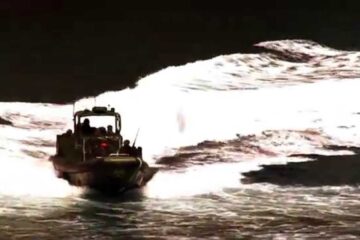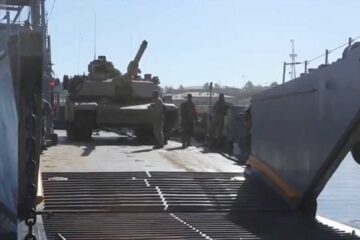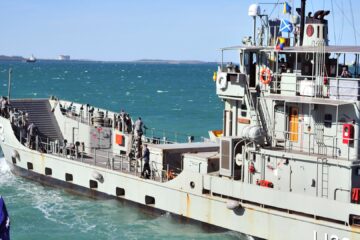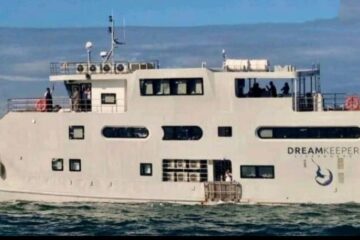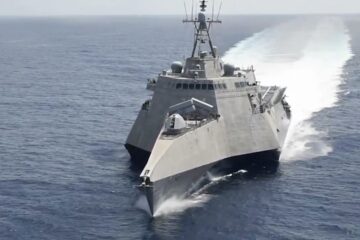R/V Melville was built in 1969 for the United States Navy and later owned by the Office of Naval Research and was operated by Scripps Oceanography as part of the University-National Oceanographic Laboratory System (UNOLS). Vessel was mainly used for scientific research and oceanographic research vessel.
R/V Melville has contributed a lot in scientific studies and activities across disciplines of oceanography with its high technology deep-towing cameras, deploying massive moorings, maneuvering remotely-operated vehicles thousands of meters below the ship and launching and recovering as well unmanned aircraft used to measure gravity and atmospheric physical properties.
Melville excelled in observational capabilities in the far corners of the earth which operates in all kinds of weather equipped with its state-of-the-art sensing system.
She sailed more than 1.5 million miles from the Arctic Circle from the Southern Ocean, crossed the equator more than 90 times, mapped the deepest spot of the planet, recovered core and dredge samples from trenches greater than 8,000 meters deep, and made the world’s first ever observations of deep ocean volcanic eruptions.
Most of the scientific knowledge that we have for earth and its deep trenches was derived from the sails and studies conducted by Melville.
Melville was designed for 30-year life expectancy but served more than that expected span of service which served United States for about 45 years or until 2014.
She had undergone life extension service and performed even better and efficient until it reached its 45th year of service.
September 2014, Melville reached the deadline of its extended period. It was enlisted as one of US’ retired UNLOS vessels.


